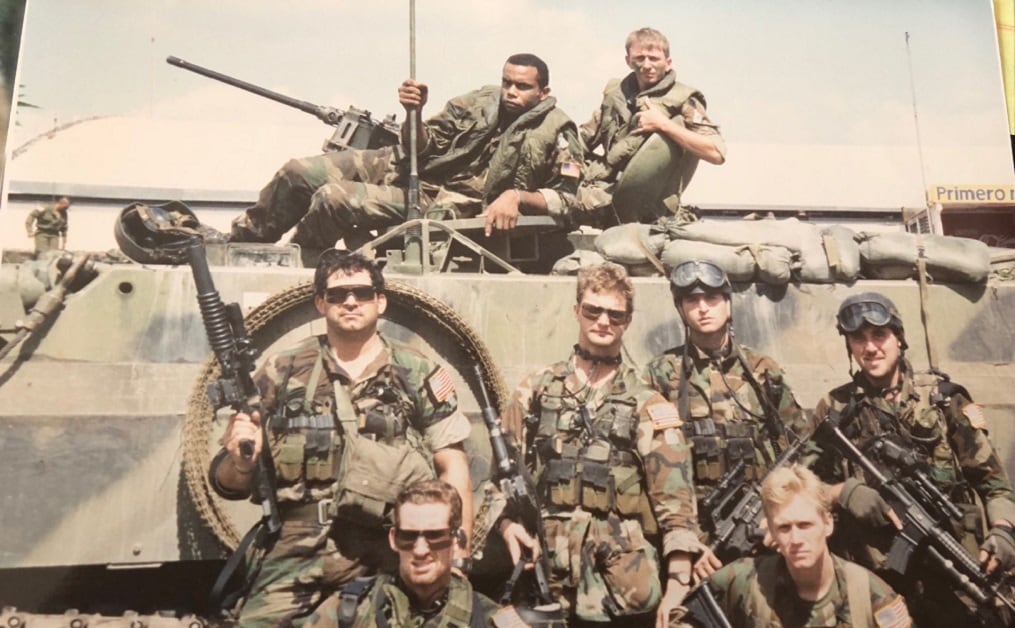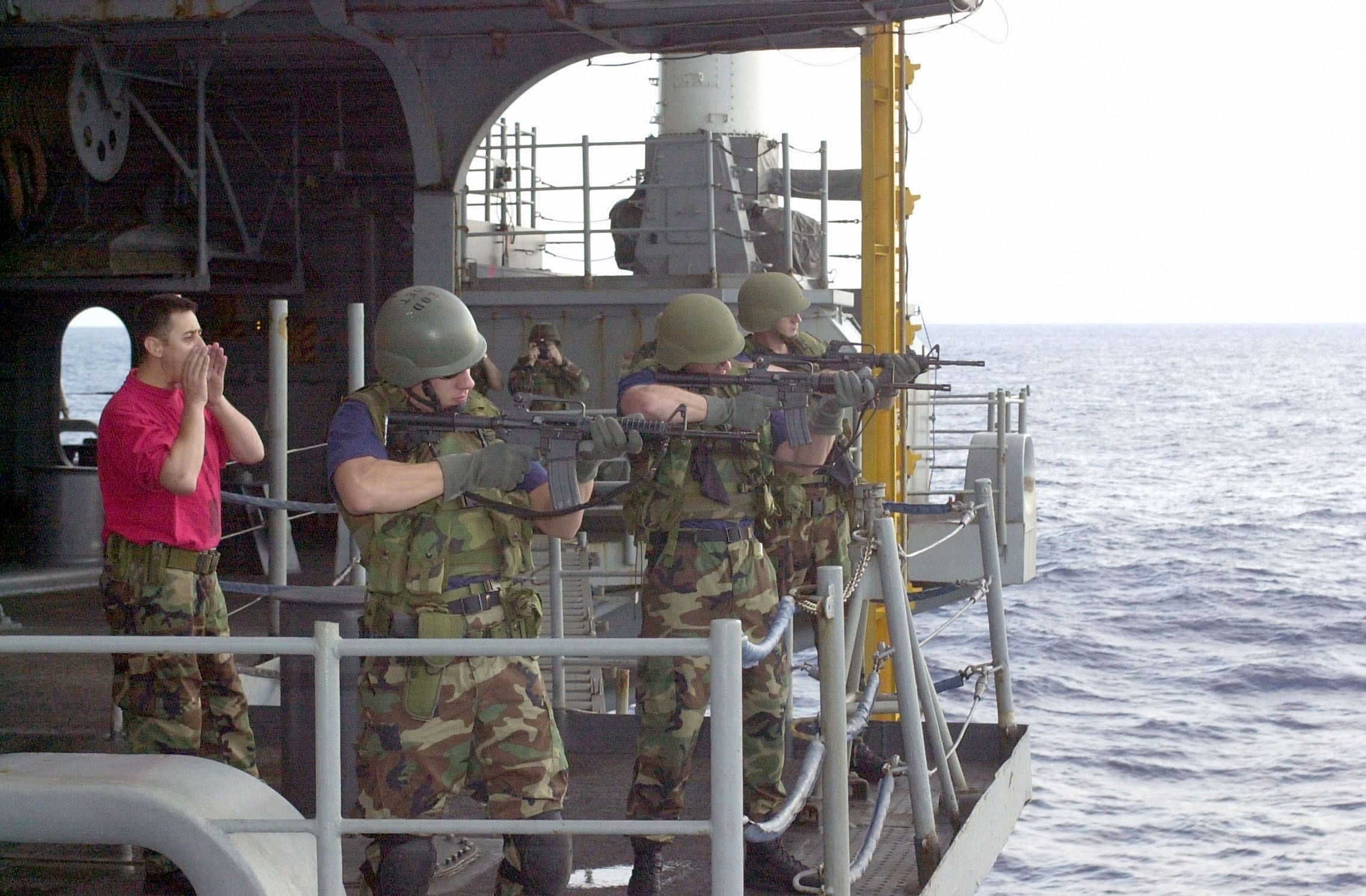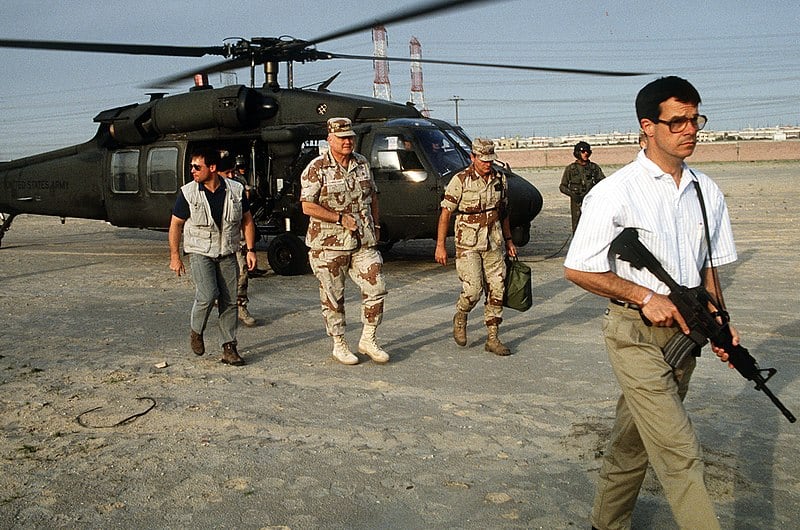On October 4th, 1993, gunfire still rocked Mogadishu, Somalia as members of Task Force Ranger filtered out of the strife-torn city after experiencing the longest continuous firefight American troops had been involved in since Vietnam.
Among these battle-weary soldiers were members of C Squadron, 1st Special Forces Operational Detachment-Delta, more popularly known as Delta Force. Hailing from the highly secretive Joint Special Operations Command, these men, dubbed “operators," were (and still are) considered some of the most elite special ops warfighters in the world.

Author Mark Bowden, in his New York Times bestseller Black Hawk Down, noted that a number of Delta’s operators wielded a rifle that has since been relegated to the history textbooks, collectors shelves, and the hearts of military cloners everywhere.
Often referred to as CAR-15, this modular weapon represented a major step forward in both the special operations community, as well as the broader American combat arms forces as a whole.

Short for Colt Automatic Rifle-15, the title was used to describe a variety of guns built off the original M16 assault rifle produced for the US military, including short-barreled carbines and submachine guns. However, by the late 1980s, to members of America’s special operations apparatus, CAR-15 described something slightly different.
Instead of a family of guns with varying calibers and uses, the CAR-15 name was shoehorned to fit the Colt 653. Essentially a carbine version of the M16A1 rifle, the 653 came with a forward assist on the receiver, a 14.5-inch barrel with the M16′s birdcage flash hider, and a telescoping stock.
Kevin Dockery, in his book Special Warfare: Special Weapons, states that the 653 was popular with the US Navy’s SEAL teams for years, in addition to other SOCOM units. By the late 1980s, the CAR-15 mantle moved on to the Colt 723, an improvement on the 653, and Delta operators got their hands on the now-legendary carbine.
Larry Vickers, a former operator involved with some of Delta’s most daring exploits and missions, went into detail on the 723s that the unit made heavy use of during his career with them in an interview with “Forgotten Weapons’” Ian McCollum.

According to Vickers, 723s could be issued with either a thin “pencil” barrel or a thicker cutout barrel designed for use with the underbarrel M203 grenade launcher. Delta armorers additionally modified the two-position stock so that the stock would be adjusted to extend to a length that was comfortable for each operator while wearing body armor.
The gun’s non-removable carrying handle that came with the modified M16A1 upper receiver (with a case deflector) usually played host to a red dot sight on a special mount. Earlier on, Delta used Aimpoint 2000 sights before moving on to the 3000 and 5000 scopes by 1993.
The CAR-15 faithfully served Delta well into the mid-1990s until it was eventually replaced by Colt’s M4 carbine, which maximized the strengths of its predecessor while mitigating perceived weaknesses.
Ian D’Costa is a correspondent with Gear Scout whose work has been featured with We Are The Mighty, The Aviationist, and Business Insider. An avid outdoorsman, Ian is also a guns and gear enthusiast.





